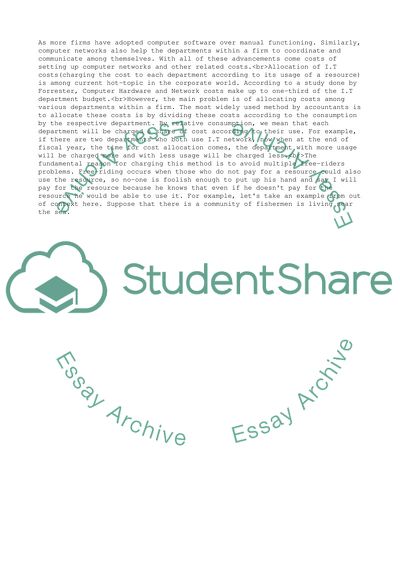Cite this document
(“Cost Accounting Essay Example | Topics and Well Written Essays - 3000 words”, n.d.)
Retrieved from https://studentshare.org/business/1511149-cost-accounting-essay
Retrieved from https://studentshare.org/business/1511149-cost-accounting-essay
(Cost Accounting Essay Example | Topics and Well Written Essays - 3000 Words)
https://studentshare.org/business/1511149-cost-accounting-essay.
https://studentshare.org/business/1511149-cost-accounting-essay.
“Cost Accounting Essay Example | Topics and Well Written Essays - 3000 Words”, n.d. https://studentshare.org/business/1511149-cost-accounting-essay.


